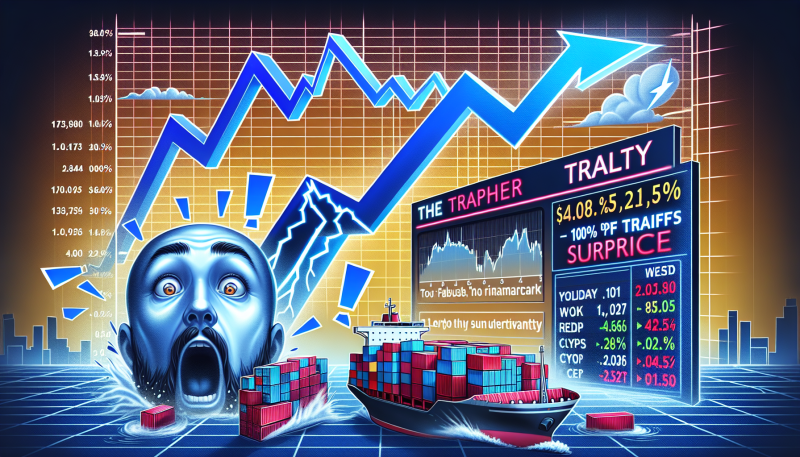What happened? Markets tanked after a short-lived “Uptober” rally because a surprise 100% tariff announcement and macro uncertainty sent prices lower while traders wait on the Fed.
The crypto market flipped from bullish to sharp downside when President Trump announced a sweeping 100% tariff on Chinese imports, wiping out early October gains. Traders are now focused on the Federal Reserve’s next FOMC meeting for signs of a dovish pivot that could restart the rally. Analysts call the drop a natural consolidation that may purge excess leverage and set the stage for a bigger bull run if conditions turn favorable.
Who does this affect? Retail traders, altcoin investors, and projects with fast-growing communities are the most exposed to the volatility and sentiment shifts.
Short-term speculators and leveraged traders bear the brunt of rapid reversals, while holders of smaller-cap altcoins like Pi, Virtuals, and newly listed tokens such as Snorter face higher price swings. Institutional players and payment-focused projects like Ripple (XRP) are also sensitive to regulatory and macro moves since ETF approvals and legislation could change capital flow patterns. Mobile miners, AI-token backers, and presale participants should watch liquidity and staking dynamics because these factors can amplify both rallies and drawdowns.
Why does this matter? Because Fed signaling and geopolitical shocks drive market flows, determining which assets lead the next cycle and where capital rotates.
A dovish Fed or positive regulatory news could trigger a large risk-on move that disproportionately benefits nimble altcoins and growth narratives, potentially sending tokens like Pi, XRP, Virtuals, and Snorter much higher. Conversely, continued macro headwinds or shock events can force deleveraging and widen the gap between large caps and speculative alts, creating volatile buying opportunities. Understanding this dynamic helps traders and investors position for rotation, manage risk, and spot projects that could capture market share when sentiment improves.
